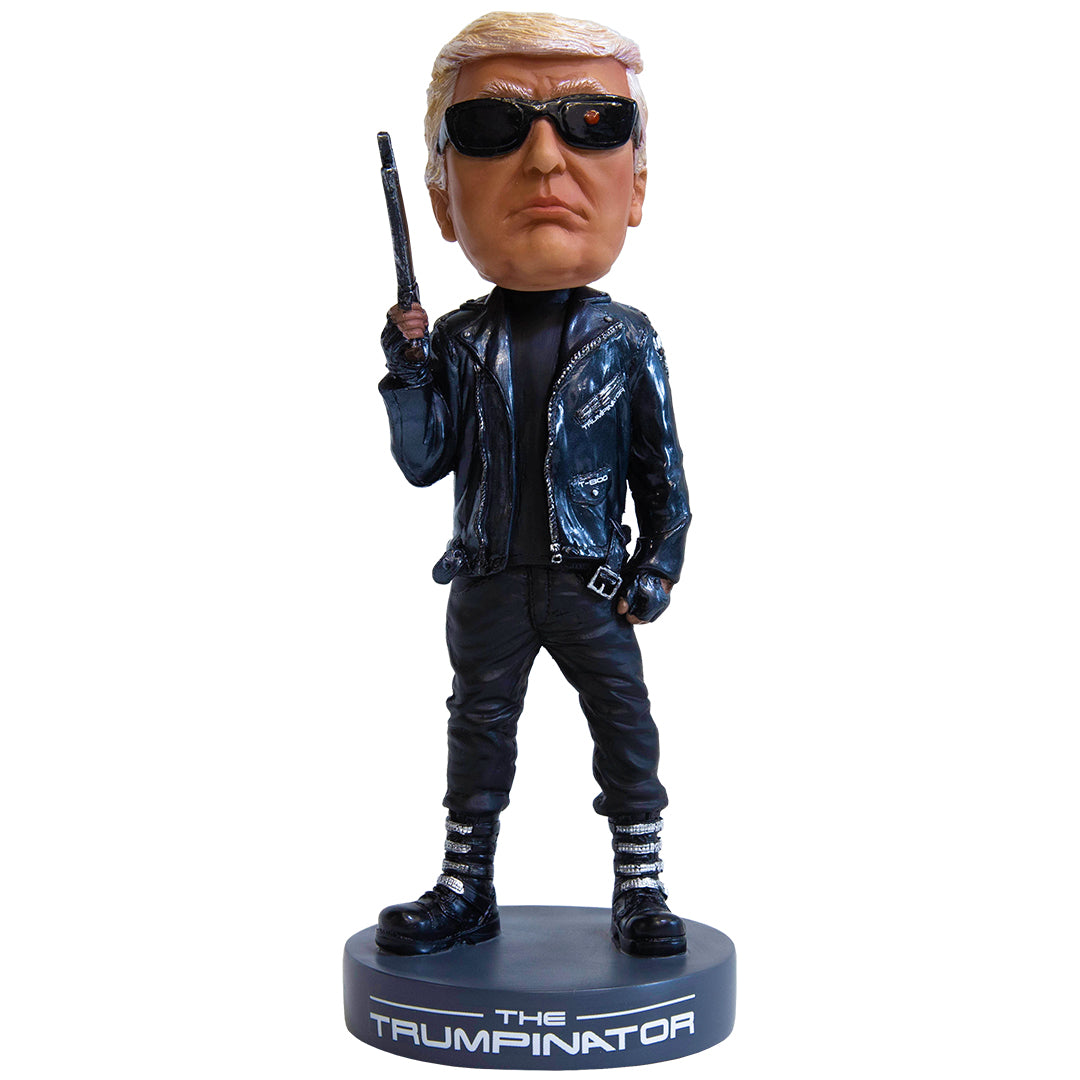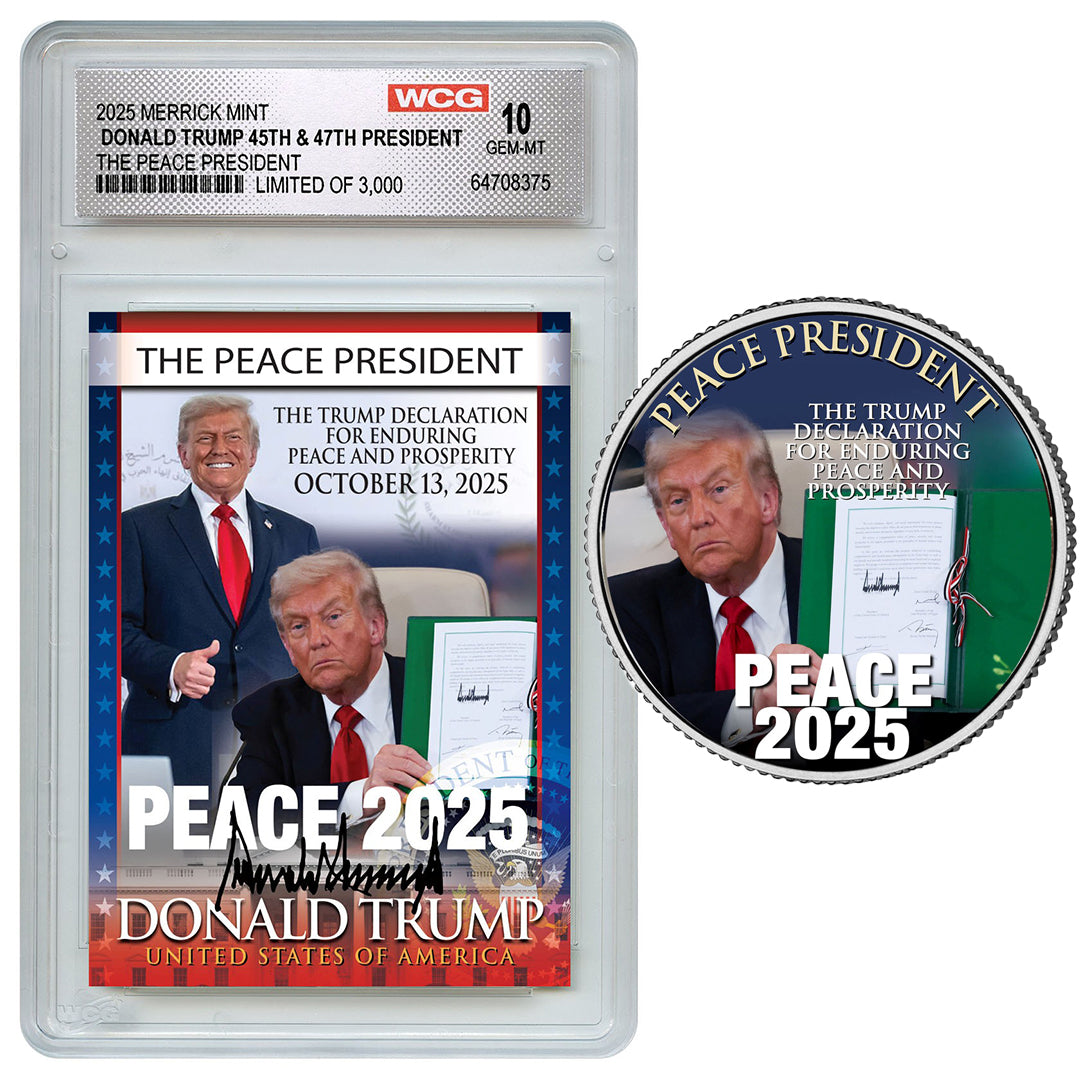Recalibrating Global Trade to Put America First
On April 8, President Donald Trump made headlines by expressing a willingness to engage in renewed trade talks with China, telling reporters, “We are waiting for their call.” This follows the implementation of sweeping U.S. tariffs—most notably, a 34% duty on Chinese goods—and corresponding retaliatory measures from Beijing.
Treasury Secretary Scott Bessent reinforced the administration’s outlook, stating that quick bilateral tariff agreements were achievable, and suggesting that U.S. leverage in trade is stronger than it has been in decades.
“This is about fairness,” Trump stated. “We will welcome honest trade deals—but only ones that serve America’s interests.”
A Strategy of Strength
While critics express concern over escalating tensions, the administration remains firm: the era of one-sided trade is over. These tariff measures, dubbed by some as "economic shock therapy," are designed to protect American manufacturing, restore industrial jobs, and pressure trading partners to return to the negotiating table with fairer offers.
Markets responded favorably to the President’s openness to talks. The Dow Jones surged 3%, a clear sign that investors expect resolution rather than prolonged trade conflict.









